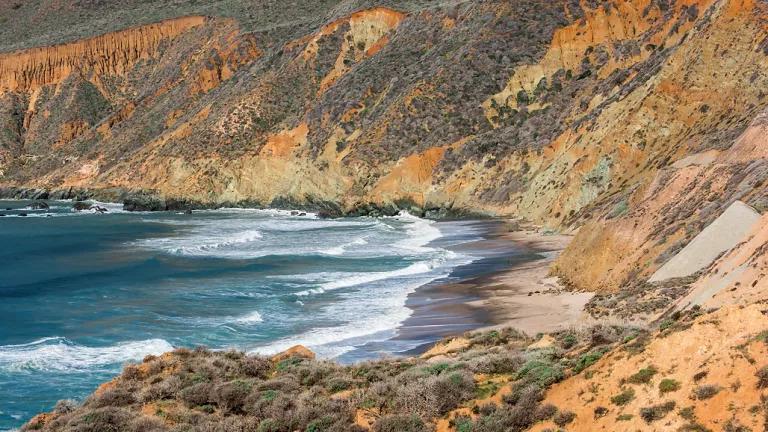This week the Los Angeles Department of Water and Power, the publicly owned electric utility in LA, came up big: announcing a detailed plan to end the era of coal power for California once and for all. The plan makes real Mayor Villaraigosa’s pledge to make the city coal free, and the leadership at LA’s utility deserves a lot of credit.
Running any utility is a big challenge, but it’s no secret that the utility was in a particularly tight spot before the current General Manager, Ron Nichols came on board. LADWP had rates too low to cover their needs, needed to get its coastal plants into compliance with the clean water act, invest in its aging transmission and distribution system, ramp up energy efficiency, replace a third of its power with renewable energy and-- perhaps most difficult, get off coal.
LADWP uses more coal than any other California utility, and finding a way to get off took some real work. Nichols, and members of his team, including Randy Howard, have found a way-- and in doing so have set an example for the country.
LADWP will sell its share of the Navajo coal plant in Arizona: this won’t actually reduce pollution, but it does reduce demand for coal in the west. The more utilities that walk away from coal, the more plants will shutter in favor of cleaner alternatives. The Salt River Project, an Arizona utility, is buying LA’s share of the Navajo generating station. Salt River is already heavily invested in coal. The federal government also owns a share of that plant, so after President Obama’s promise to address climate change, he should replace the plant with cleaner power.
The bigger lift for LADWP is Intermountain Power Project-- the huge coal plant in Utah that sends most of its power to LA and other municipal utilities in California. Shutting down the Utah coal plant required navigating through Utah law and getting agreement from nearly two dozen municipal utilities in Utah. There is still work to be done, but LADWP is well on its way. Nichols and his team have agreed to pay for decommissioning, and make a deal to replace the plant with a smaller, combined-cycle gas plant. In addition to being smaller (the size has not yet been determined, but it will be at least a third smaller than the current coal plant), the plant will also have the advantage of being more capable of ramping up and down, so that it is only used when needed meaning it will run less of the time and use less fossil fuel than an inflexible coal plant.
News of the plan to replace the Utah plant follows news that other California municipal utilities will exit coal: Modesto, Santa Clara, Redding, and the Southern California Public Power Association recently stated their intent to exit the San Juan coal plant in northern New Mexico, facilitating the closure of half the plant. That deal is still pending, but it should lead to a big win for clean energy.
LADWP and California public power are leading the way for all utilities across the country: away from coal and towards cleaner, local power.



